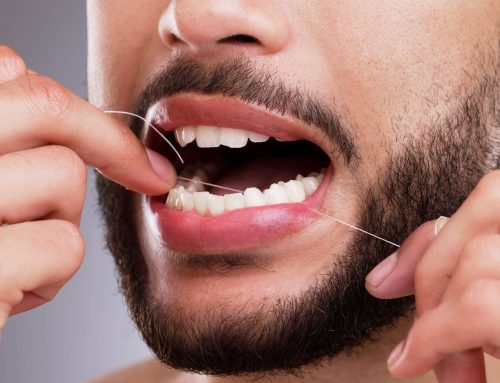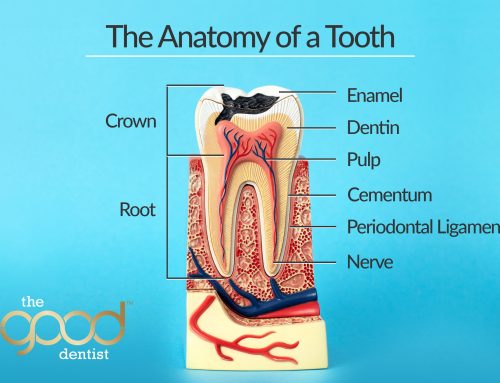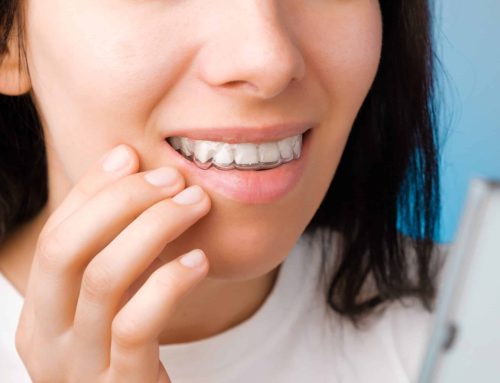Plaque is a sticky film that forms on your teeth and is full of bacteria. It needs to be removed daily with brushing and flossing to prevent plaque buildup.
The consequences of plaque on teeth can result in dental calculus, which is hardened plaque that has become immobile, also known as tartar. Dental calculus is an ideal place for bacteria to live, and once it becomes hardened, it requires a dentist to remove it.
If left unaddressed, the bacteria in dental calculus can cause periodontal disease, a dangerous gum infection that can destroy the gums and bone (the jaw) supporting the teeth, as well as a host of other health issues.
Dental Calculus
Dental calculus is hardened, immobile plaque that forms on your teeth, also known as tartar. It gets stuck to the sides of your teeth and around your gums, where it’s more difficult to remove by regular brushing or flossing.
Over time, this buildup becomes rough like sandpaper as it continues to grow under your gums. If you don’t remove plaque regularly, the bacteria in dental calculus can cause gingivitis, periodontitis, and cavities – damage that results in tooth loss.
As you lose teeth, the jawbone that formerly held them in place will begin to deteriorate. This can lead to an overall loss of bone density, as well as volume loss in your face, altering your appearance.
Periodontitis
Periodontitis is a disease that results from bacterial plaque buildup on the teeth and gums. Poor oral hygiene can cause periodontitis, leading to tooth loss.
Periodontal disease has been linked to other health issues such as heart disease, plaque in your arteries, stroke, and respiratory disease. Bacteria can enter the bloodstream if your gums are inflamed and then travel to other parts of your body where they can cause illness. This places an increased risk of inflammation on your system.
The most common symptoms of periodontal disease are:
- Red, swollen, or tender gums
- Bleeding gums when you brush or floss
- Gums that have pulled away from the teeth
- Pus between the gum and tooth surface
- Tenderness or pain when chewing
Get Regular Dental Checkups
Regular dental checkups and good oral health practices are excellent ways to stay on top of plaque removal and tartar buildup. Your dentist will clean your teeth at every visit and remove any plaque that has accumulated since the last time you were there.
If dental plaque is not removed from around the gum line, it can become infected and cause a painful condition called gingivitis. Once gingivitis develops, it will only get worse if not treated quickly. To prevent this from happening, see your dentist twice a year for cleanings.
A dentist or a dental hygienist can provide you with recommendations for the best toothbrush to use, depending on your specific needs.
Best Practices for Brushing Teeth
- It is best to floss first. Floss once daily before brushing to ensure all food particles are cleared out from between each tooth where brushing alone cannot reach them
- Brush morning and evening using a soft-bristled toothbrush that has a small head
- Use fluoride toothpaste to help strengthen enamel while reducing plaque on teeth
Prevent Plaque Buildup
When it comes to dental plaque buildup, prevention is so much easier (and cheaper) than cure. Follow the above practices for brushing your teeth and visit your dentist regularly so they can check your mouth for signs of periodontal disease, gingivitis, and dental calculus so that your mouth stays happy, healthy, and radiant.







